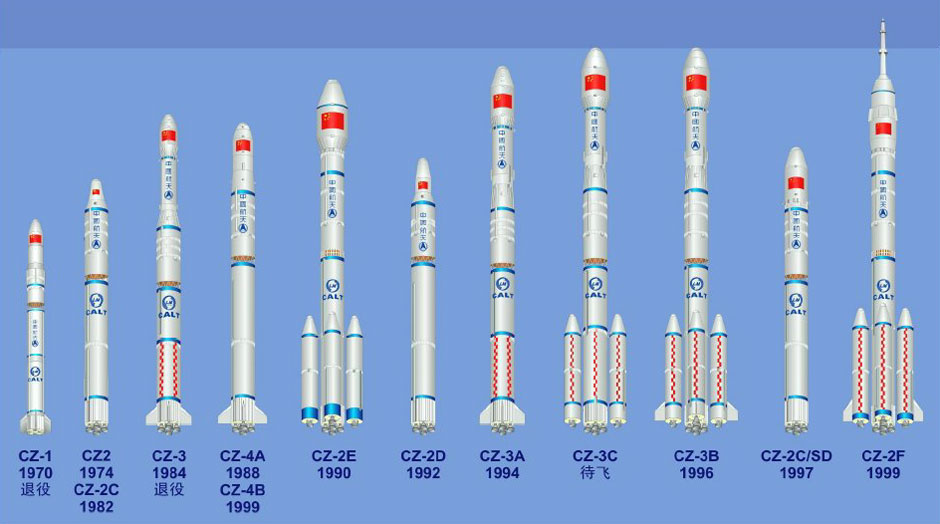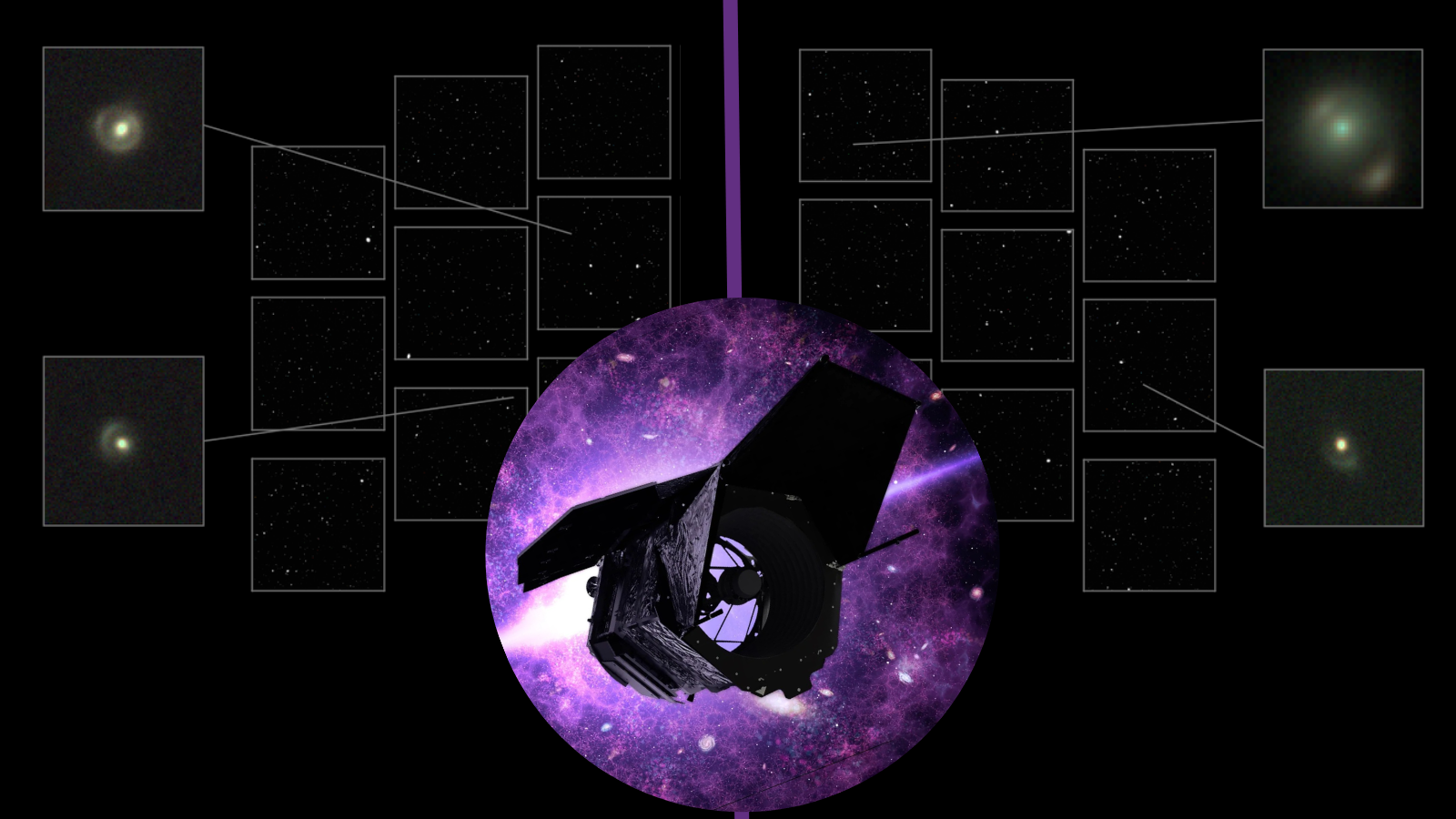Chinese Rocket Launches Satellite Pair Into Orbit

An experimental technology demonstration satellite and a spacecraft to collect and relay data for disaster relief ascended into orbit on a Long March 2D rocket this weekend.
The payloads lifted off at 0015 GMT Sunday (7:15 p.m. EST Saturday) from the Jiuquan launching base in northwestern China. A 134-foot-tall Long March 2D booster soared into the dawn sky from Jiuquan, where it was 8:15 a.m. Sunday local time.
The two-stage, hydrazine-fueled launcher was expected to place the Shiyan 4 and Chuangxin 1-03 satellites into a sun-synchronous orbit. Chinese state media reported the launch was successful.
The Shiyan 4 spacecraft will study the environment and test new space technologies, according to the Xinhua news agency. Shiyan 4 was developed by the Chinese Research Institute of Space Technology.
Managed by the China Academy of Sciences, Chuangxin 1-03 is a small satellite designed to gather and transmit data for disaster relief and economic development applications. The craft's mission includes collecting hydrological, meteorological and electric power data, Xinhua reported.
The launch was the 68th space mission worldwide to reach orbit so far this year. China's record this year now stands at 14 successful launches in 15 attempts.
China's Shenzhou 8 capsulereturned to Earth on Thursday following a successful docking demonstration mission with the Tiangong 1 space laboratory module. Having tested new rendezvous and docking technology, China plans at least one manned flight next year.
Breaking space news, the latest updates on rocket launches, skywatching events and more!
Copyright 2011 SpaceflightNow.com, all rights reserved.
Join our Space Forums to keep talking space on the latest missions, night sky and more! And if you have a news tip, correction or comment, let us know at: community@space.com.
Stephen Clark is the Editor of Spaceflight Now, a web-based publication dedicated to covering rocket launches, human spaceflight and exploration. He joined the Spaceflight Now team in 2009 and previously wrote as a senior reporter with the Daily Texan. You can follow Stephen's latest project at SpaceflightNow.com and on Twitter.

